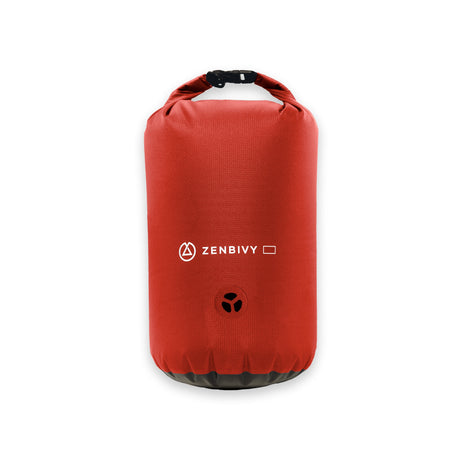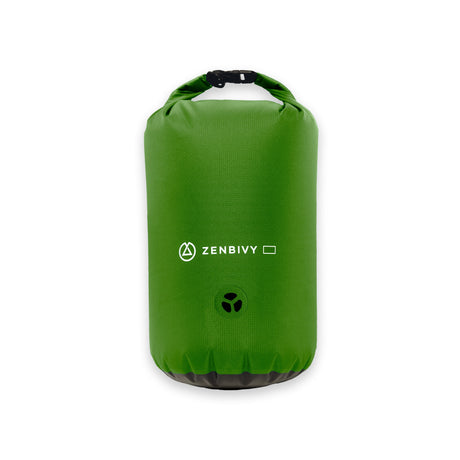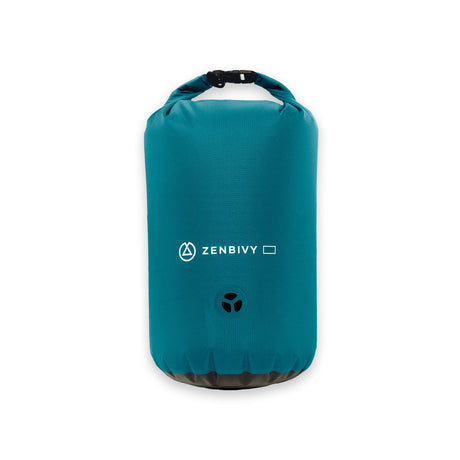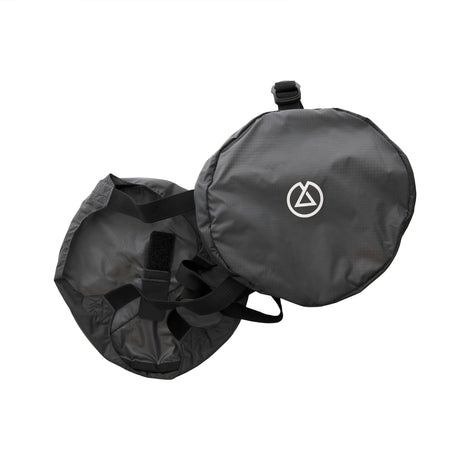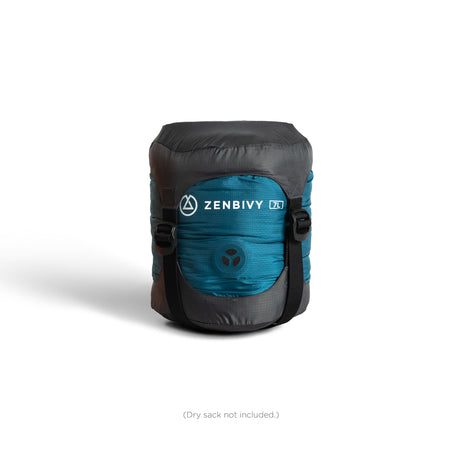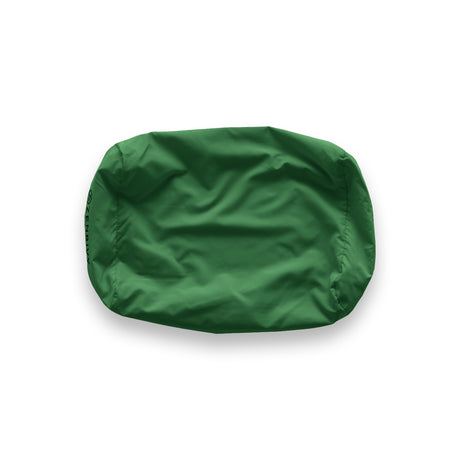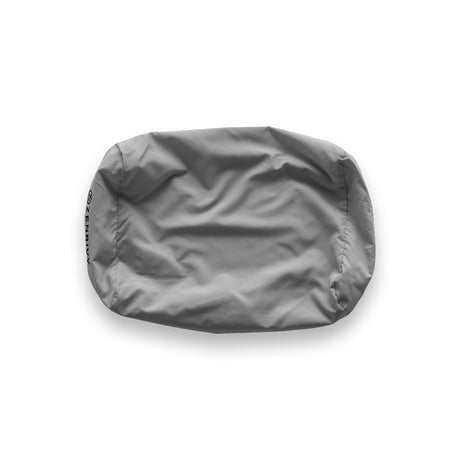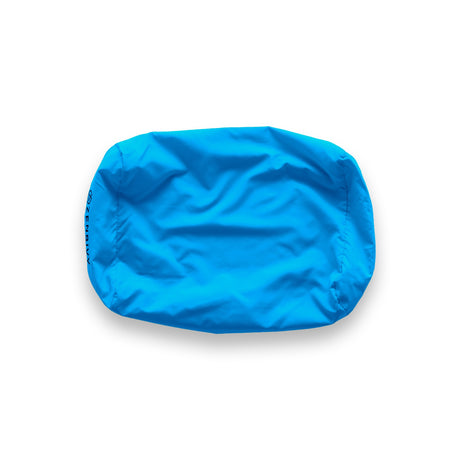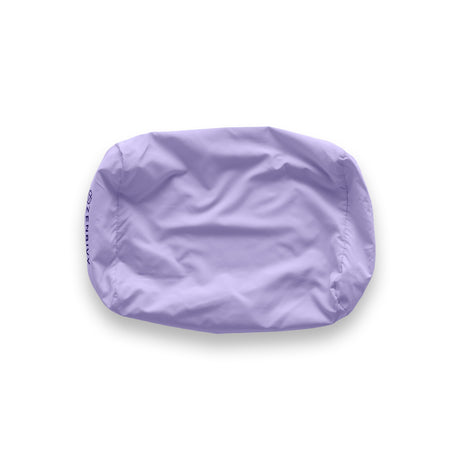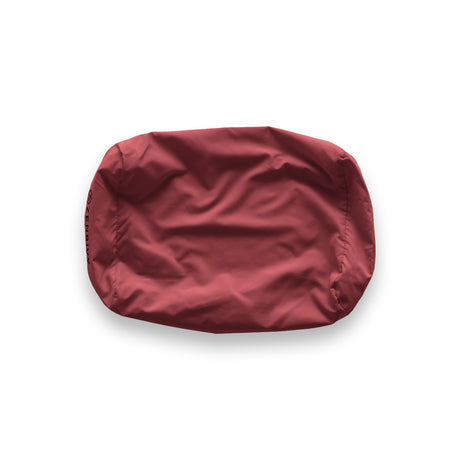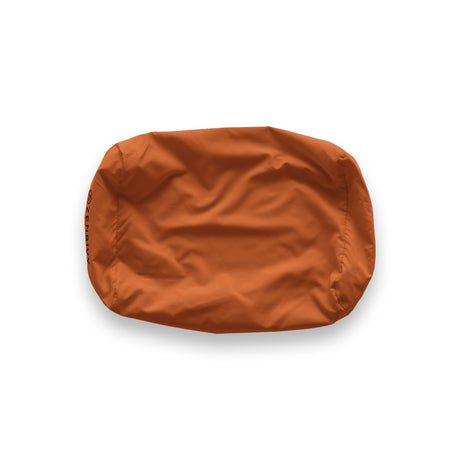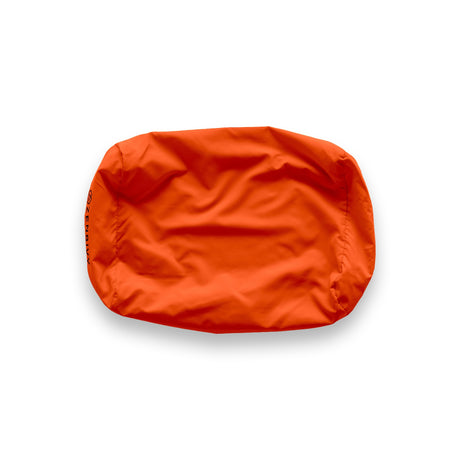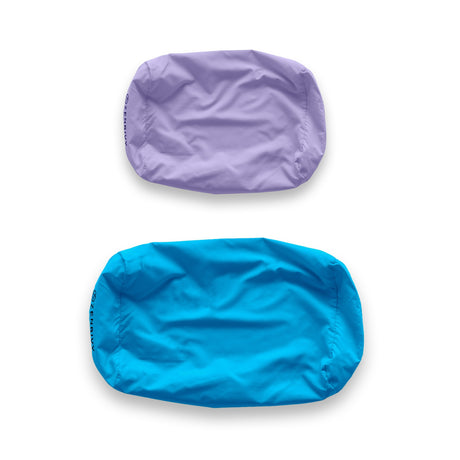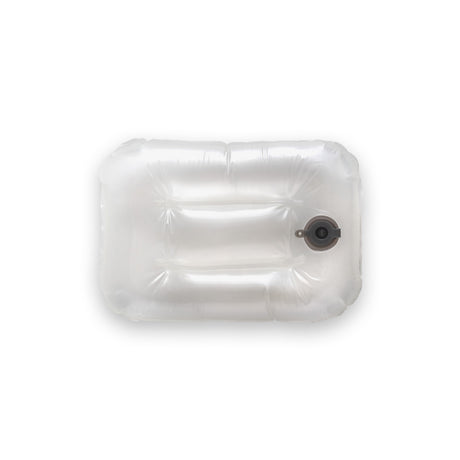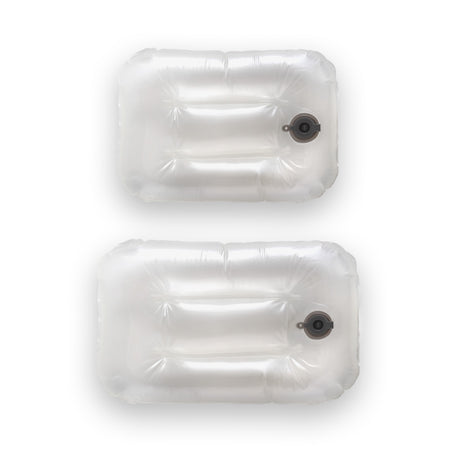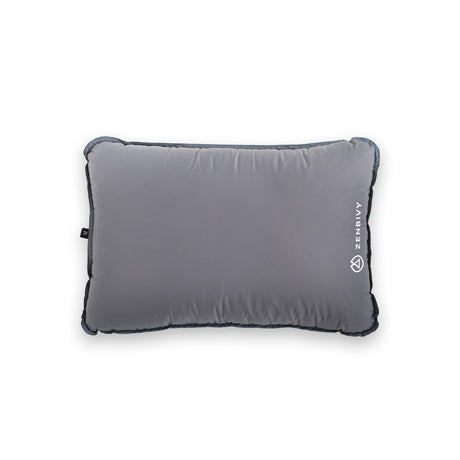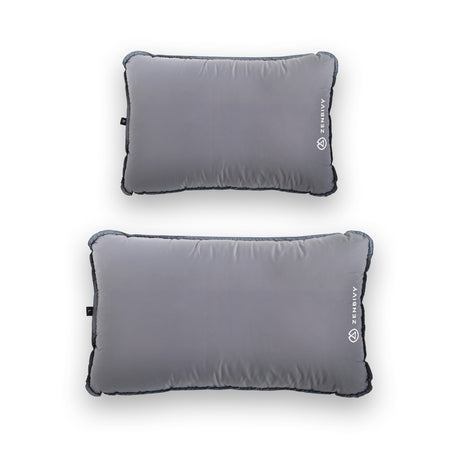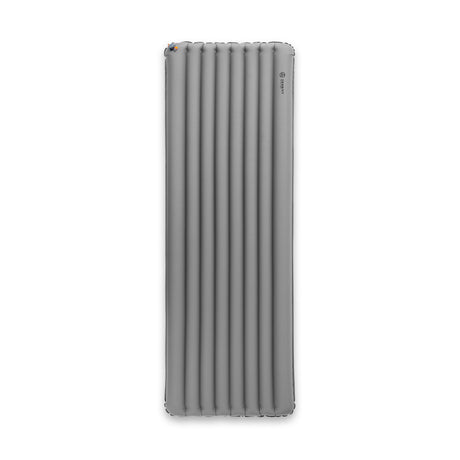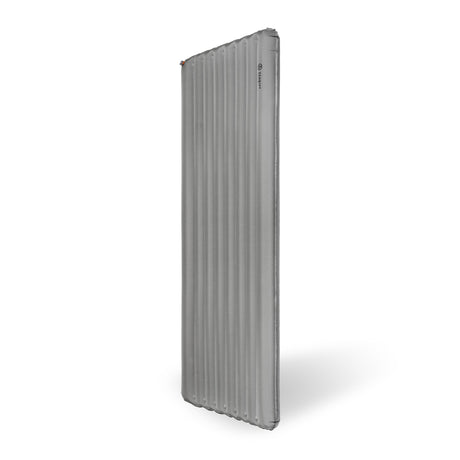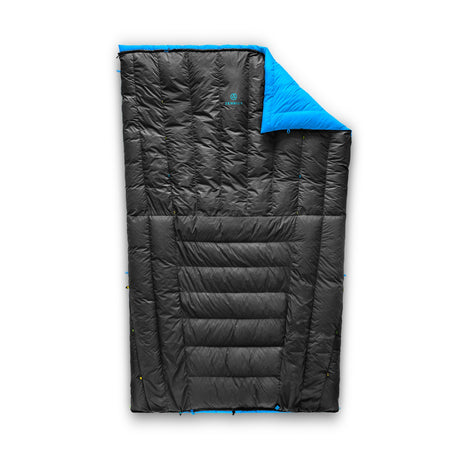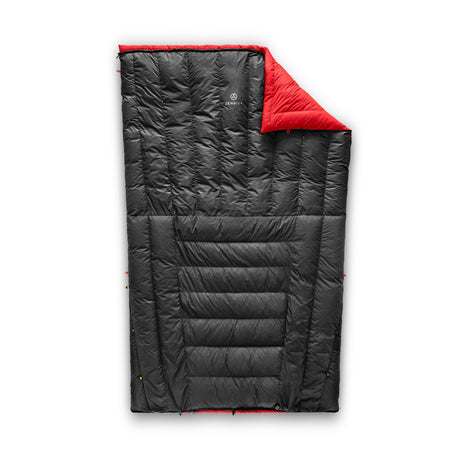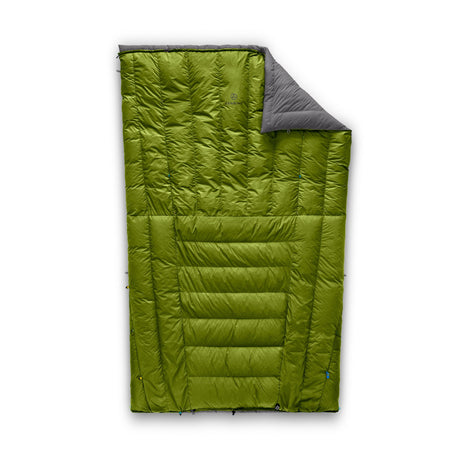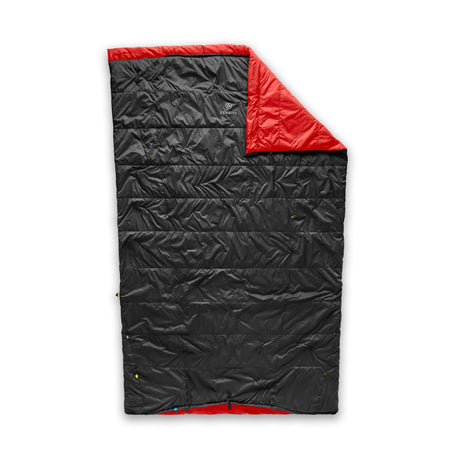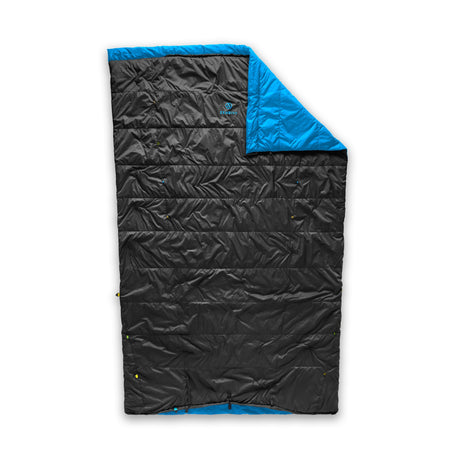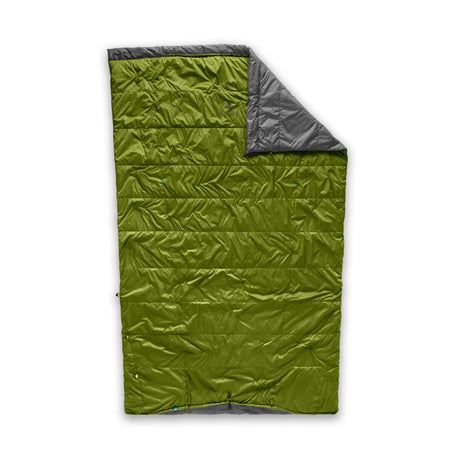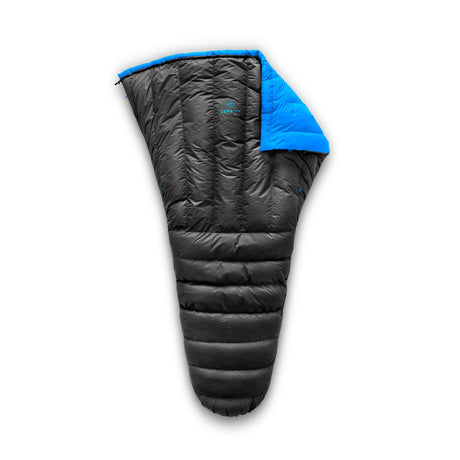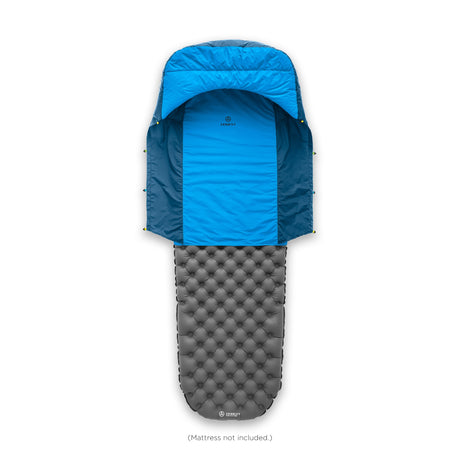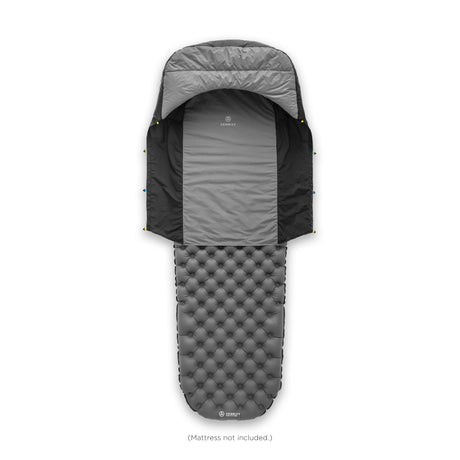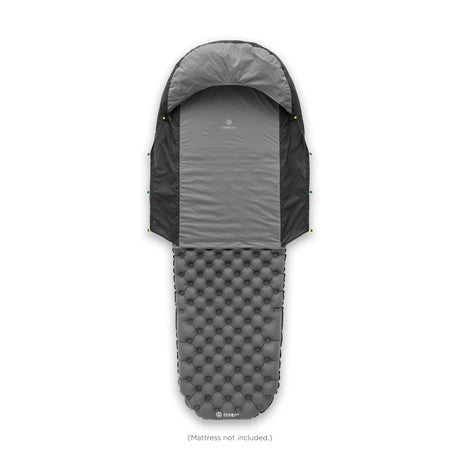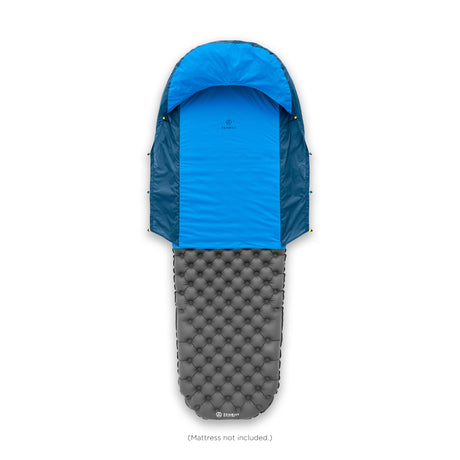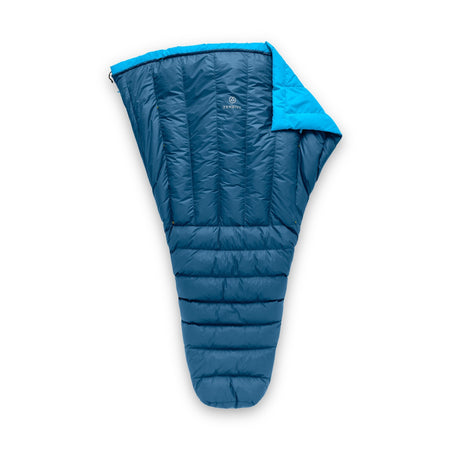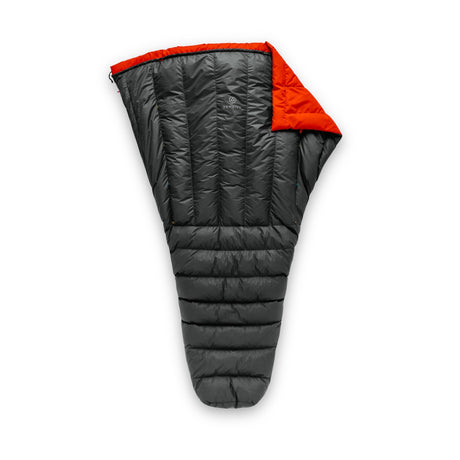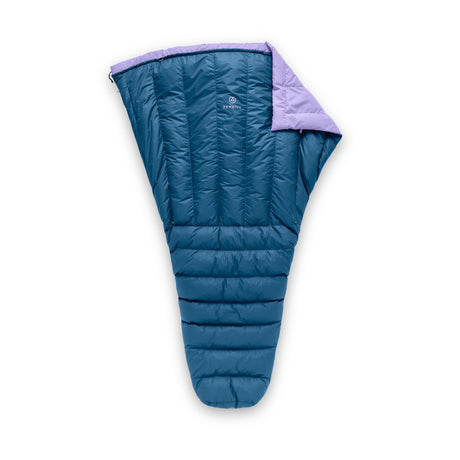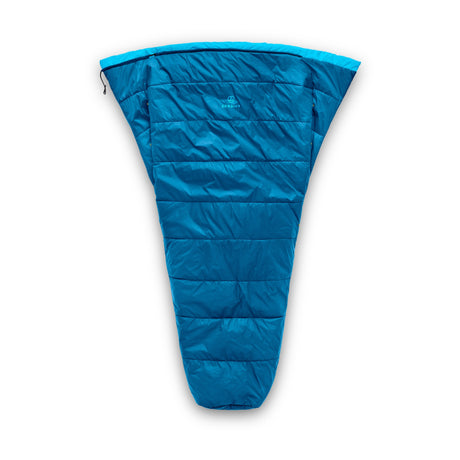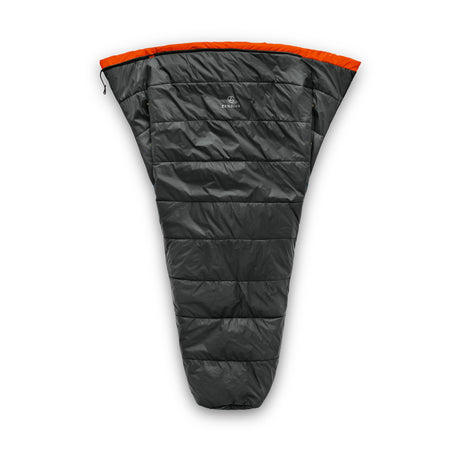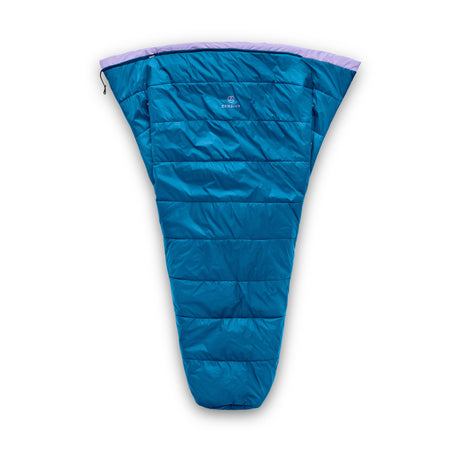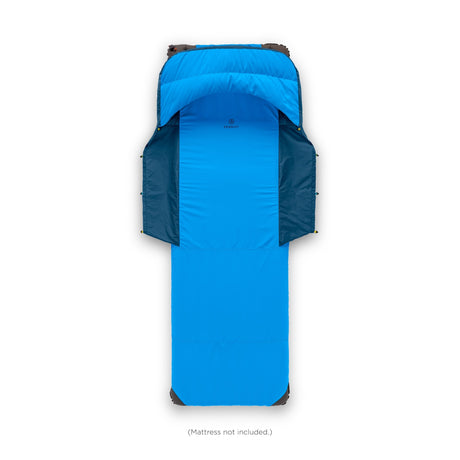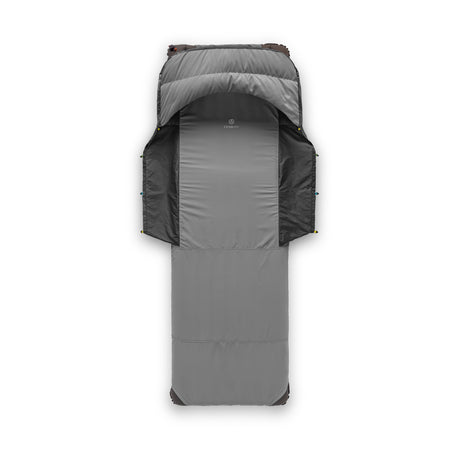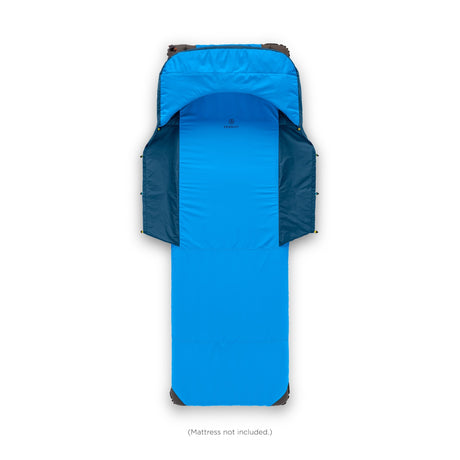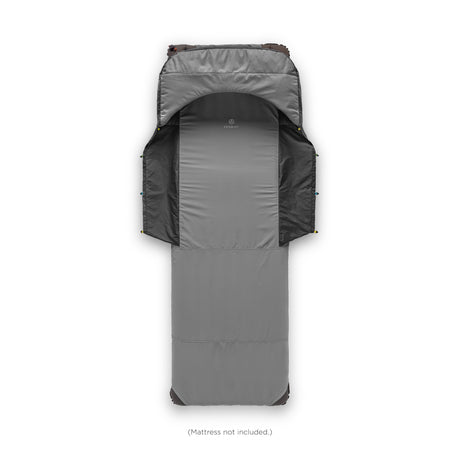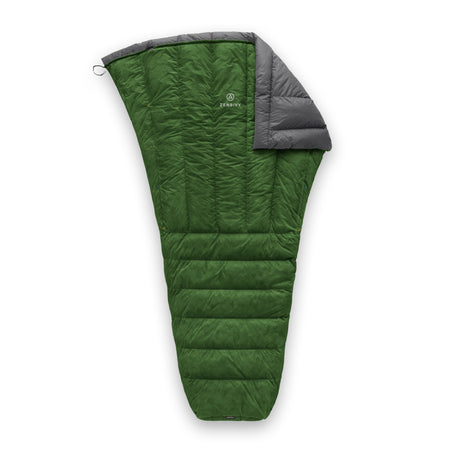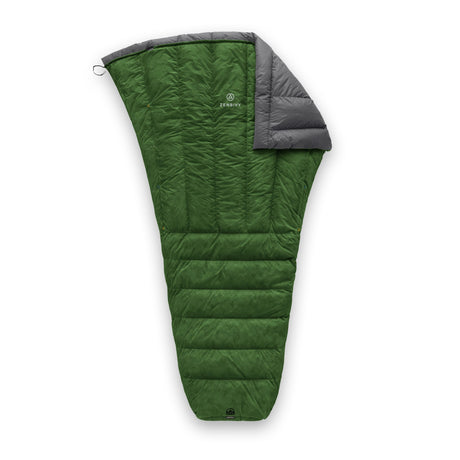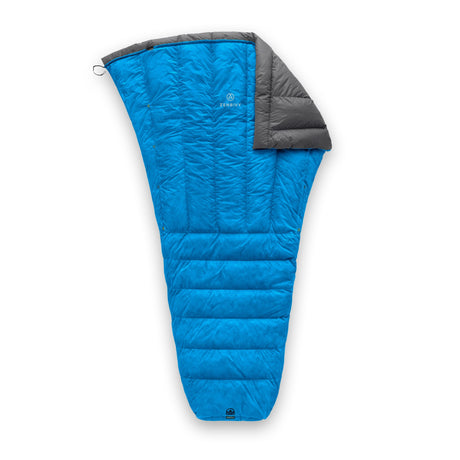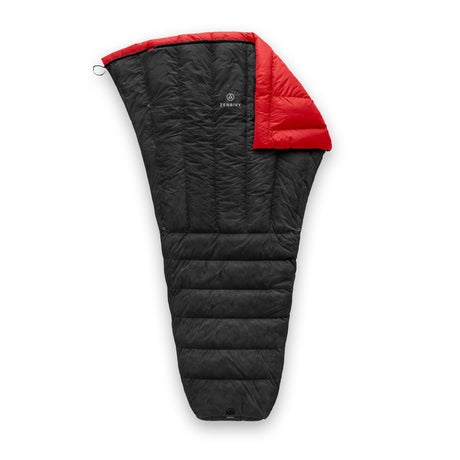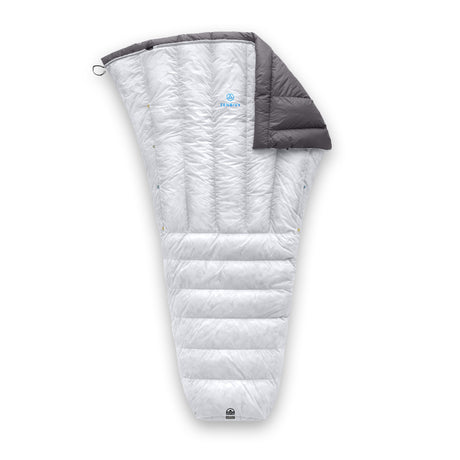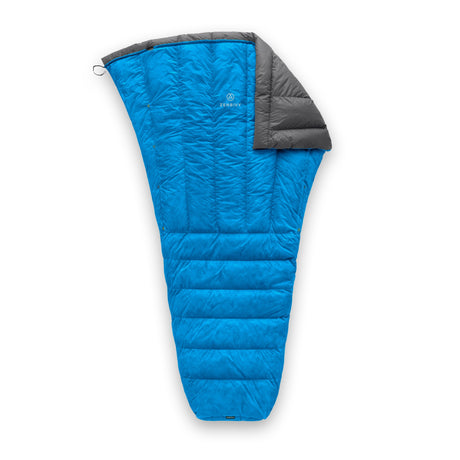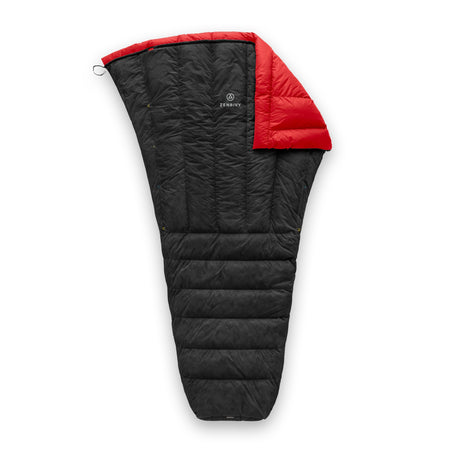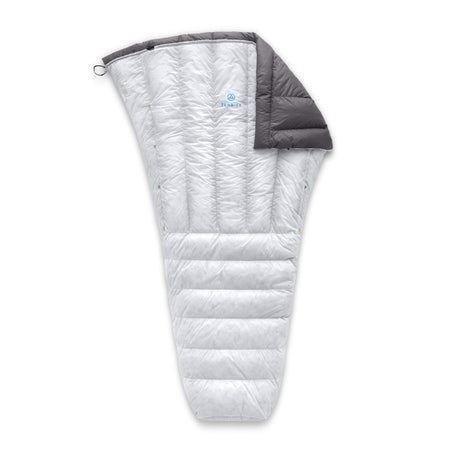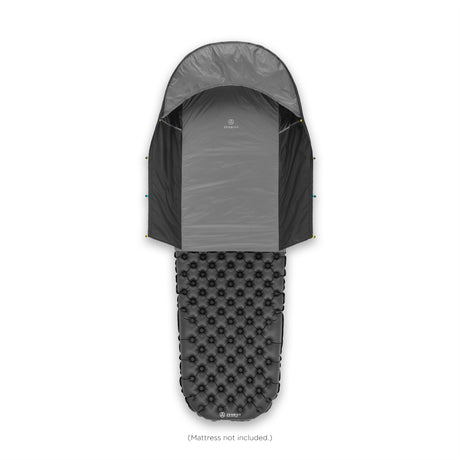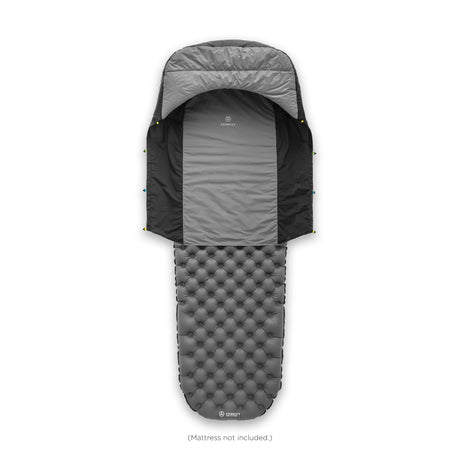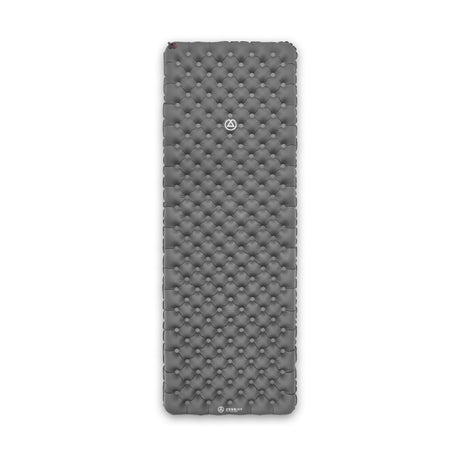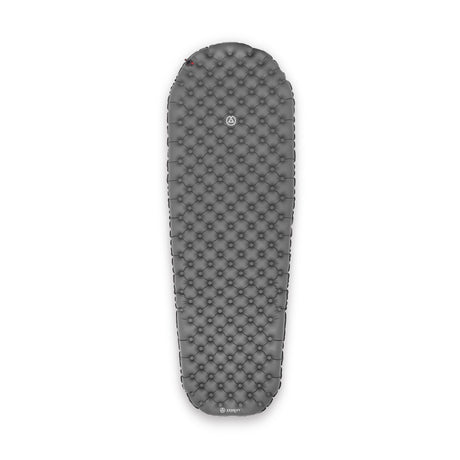Durable Water Repellent (DWR) coatings have long been a standard feature in outdoor gear, helping fabrics repel water and dry quickly. But as the chemistry behind DWRs evolves, so does our approach to using them. At Zenbivy, we’re scaling back our reliance on DWRs. Here’s why.
Over the past decade, the outdoor industry has made a big shift away from traditional long-chain fluorocarbon DWRs (like C8)—and for good reason! Sure, these older formulas were incredibly effective: great at repelling both water and oils, and impressively long-lasting. But they came with major environmental and health concerns. These “forever chemicals” don’t break down in the environment, build up in the bodies of humans and wildlife, and have been linked to cancer, hormone disruption, and other serious risks. As a result, they’ve been phased out under international regulations, including the EPA’s PFOA Stewardship Program.
In their place, manufacturers introduced shorter-chain formulas (C6 fluorocarbons)—a “safer” alternative. While C6 is less likely to bioaccumulate in the body, it’s still a PFAS (a "forever chemical") and doesn’t degrade in the environment. On top of that, C6 DWRs are less effective at repelling water and tend to wear off faster than their C8 predecessors.
More recently, the industry has been moving toward fluorocarbon-free options (C0 DWRs). These are made with silicone, paraffin, or polyurethane-based chemistries that eliminate fluorinated compounds altogether. Environmentally speaking, they’re a big step forward. But functionally, they fall short: C0 coatings provide light water repellency, but they don’t last long at all—sometimes only a few outings.
And here’s the key point: even the most eco-friendly DWRs still involve applying synthetic chemical treatments. They may be safer, but they’re not chemical-free. That matters to a lot of customers—especially when it comes to sleep systems, or other gear that touches your skin.
That’s why we’ve removed DWRs entirely from all Pongee liners in our sleep systems. These are the soft inner fabrics that touch your skin, and in our view, they simply don’t need a water-repellent finish. By removing the coating, we’ve reduced unnecessary chemical use and created a more natural, comfortable sleep environment.
Still, we understand that some customers want added water resistance—especially in certain conditions or on outer surfaces. It’s important to know that all DWRs, no matter the quality, will wear off over time due to regular use and repeated washing. This is especially true for C0 formulas. They’re safer, but they’re also more fragile. If you want to maintain the DWR finish on your gear, you’ll need to reapply the DWR treatment over time.
The good news? You don’t have to rely on factory coatings. In fact, applying your own DWR treatment at home is often the best way to maintain performance. Consumer-grade sprays and wipe-on formulas can outperform production DWRs when used correctly—and you can target high-use areas and refresh the treatment as needed.
If you’re looking for an eco-conscious option, we recommend:
-
Nikwax TX.Direct® Spray-On or Wash-In: water-based, biodegradable, and easy to use
-
Granger’s Performance Repel Plus: PFC-free, bluesign® approved, and heat-activated for better durability
Just apply the treatment to clean fabric, spray it on or rub it in, and—if required—toss the item in the dryer to help the treatment bond to the fibers.
In short: today’s DWRs are safer, but weaker. At Zenbivy, we use them only where they truly make sense, and we’ve chosen comfort and simplicity over marginal performance in areas like our liners. But if water repellency is important to you, you can take things into your own hands with a safe, easy-to-use treatment at home.
Have questions about how to treat your gear or what products to use? We’re here to help.


